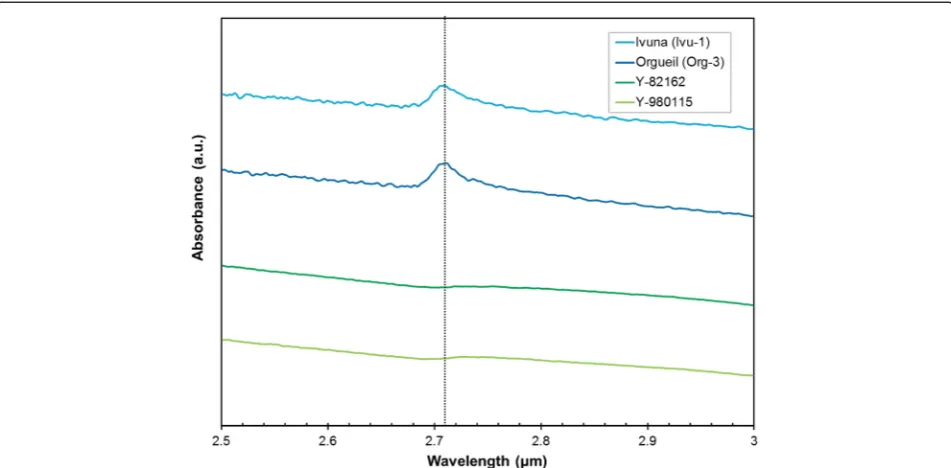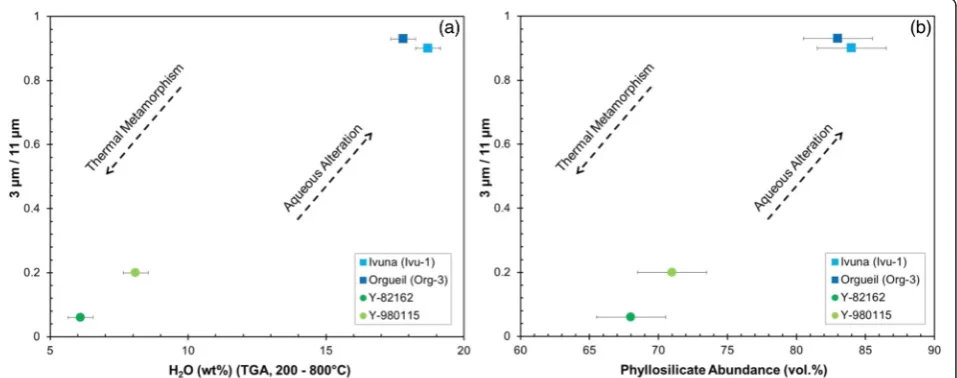Characterising the CI and CI like carbonaceous chondrites using thermogravimetric analysis and infrared spectroscopy
Full text
Figure
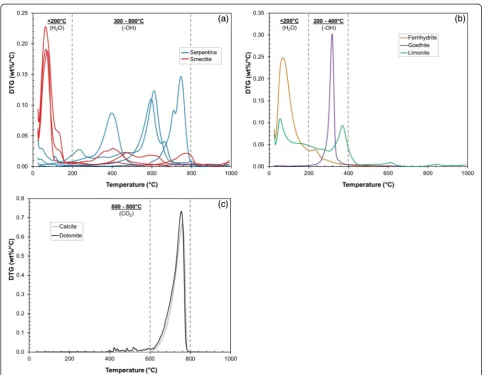
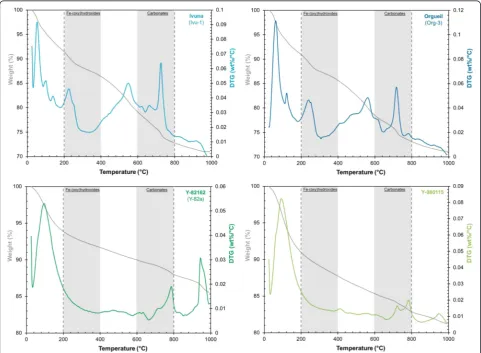

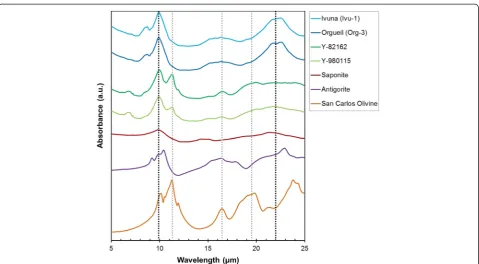
Related documents
In a large community-based telephone interview in Taiwan, we demonstrated that lower levels of health- related self-efficacy were associated with suicidality (i.e., lifetime
The Creative Commons Public Domain Dedication waiver (http://creativecommons.org/publicdomain/zero/1.0/) applies to the data made available in this article, unless otherwise
In addition, the present randomized controlled implementation trial may provides further insights about therapist effects based on a ABAB crossed-therapist allocation where patients
1) To compare the efficacy of topiramate with placebo in the treatment of PTSD. Clinical response will be consid- ered when there are a 20% reduction on CAPS scale scores from
The hierarchical system architecture, context modelling and acquisition methods, context-aware service customisation strategy, and rule generation mechanism presented
Results of the present study showed that, within the sub- group of patients with an unmet need for care with respect to psychotic symptoms at baseline, patients receiving FACT were
CHDS: Christchurch Health and Development Study; CIDI: Composite International Diagnostic Interview; DSM: Diagnostic and Statistical Manual of Mental Disor- ders; ECA:
To clarify these questions, two subgroups of patients who had or had not abused third-generation hypnotics for a long time before CBT for insomnia, were examined. In the subgroup
